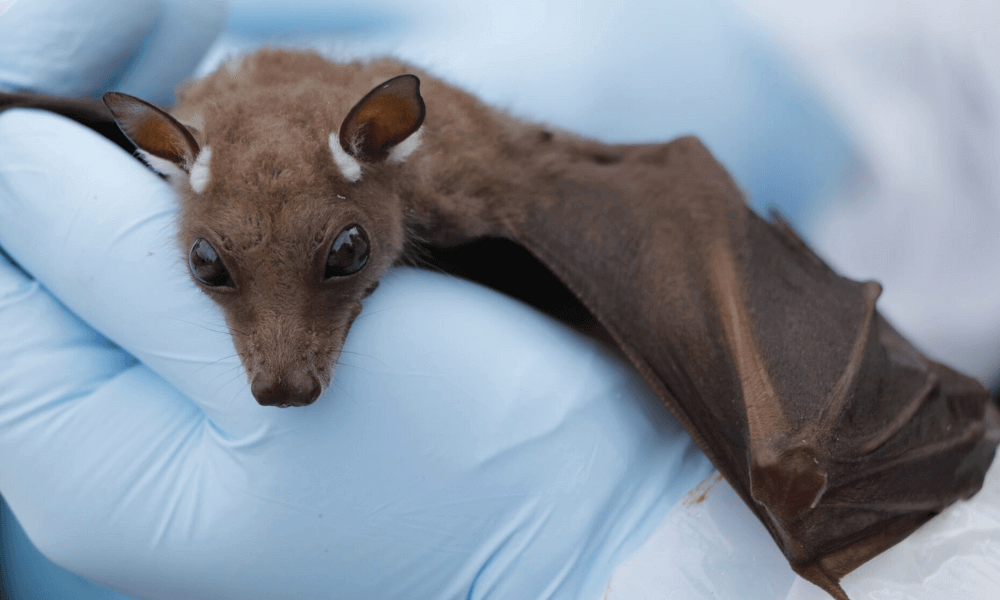Wild animals health is more important than ever before. While wildlife thrives in nature, it also faces growing health challenges due to pollution, climate change, and human interaction. As a result, many wild species are at risk of extinction.
In this article, we will talk about seven big diseases that harm wild animals all over the world. Also, we will explain why this is important for people and nature.
Rabies
Rabies is a very dangerous disease. It is caused by a virus. This virus attacks the brain and nerves of animals. Wild animals like bats, raccoons, and foxes often carry rabies. They can pass the virus to other animals and even to humans. Once an animal or person shows signs of rabies, it is almost always too late to treat. Most of them die.
Why Rabies Is Dangerous
Rabies can spread easily from wild animals to pets and humans.
In many areas, large numbers of wild animals are killed to stop the disease from spreading.
This harms wildlife and creates fear in local communities.
That’s why rabies is a serious threat to wild animal health and to human safety as well. Stopping the spread of rabies helps protect both nature and people.

Canine Distemper
Canine distemper is a disease that affects meat-eating animals like lions, wolves, and wild dogs. It spreads very fast. It also harms their brain, lungs, and stomach.
Key Concerns:
Sick animals get confused and weak, and the disease spreads quickly among animals that live close together.
Tuberculosis (TB) ForWild Animals Health
Furthermore, bovine tuberculosis is a serious bacterial disease. Wild animals like deer, elephants, and badgers can contract it from livestock or contaminated environments.
Dangers Include:
Chronic illness and slow death
Possibility of transmission to cattle and people
Bird Flu and Wild Animals Health
Bird flu is a serious disease. It affects both wild birds and farm birds. The disease spreads through a virus. Migratory birds often carry this virus. As they fly from one place to another, they spread the disease across many countries.
Impact of Bird Flu
Many birds die suddenly in large numbers.
The virus can change (mutate) over time.
Some changes may make the virus harmful to humans too.
Bird flu is a big threat to wild animal health. It also puts farm animals and people at risk. That’s why we must watch birds closely and act quickly to stop the spread
Anthrax affects wild animals health
Anthrax is a very dangerous disease. It mostly affects plant-eating animals. Animals like antelope and elephants get this disease when they eat grass from dirty soil.
Serious Effects:
Animals can die suddenly without any clear reason.
The disease germs stay in the soil for a long time.
White-Nose Syndrome (WNS) affects wild animal health.
White-Nose Syndrome (WNS) is a fungal disease. It hurts wild animal health by attacking bats when they hibernate. The fungus makes bats lose water and feel very weak. They also get confused and starve. Because of this, millions of bats have already died.
Why White-Nose Syndrome Matters for Wild Animal Health
Bats help keep insect numbers low naturally. When bats die, crops and forests suffer damage. Protecting bats is important for healthy wild animals and nature.
Chytridiomycosis
Chytridiomycosis is a fungus. It hurts frogs and salamanders. The fungus grows on their skin. Because of this, they cannot breathe well. They also cannot take in water. This makes them very weak. Many frogs and salamanders die from this disease
Environmental Risks:
Rapid extinction of amphibians
Disruption of aquatic food chains
Why Wild Animals Health Is Important
Clearly, diseases in wild animals are not just a wildlife problem. On the contrary, many are zoonotic, meaning they can transfer to humans. For instance, rabies and TB are already public health concerns.
Besides, wild animals help regulate ecosystems. Therefore, if their health declines, the environment suffers too. Consequently, it affects food production, climate balance, and water systems.
How You Can Help
Although we can’t stop every disease, we can take action to reduce their spread. Here are some simple but effective ways:
First, avoid disturbing natural habitats.
Second, report sick or dead animals to local authorities.
Also, support wildlife conservation programs.
Finally, spread awareness through education and media.
Are you interested in cat food?
Conclusion
In conclusion, keeping wild animals healthy is very important. It helps protect nature’s variety and keeps our planet safe. Many deadly diseases now harm wild animals everywhere. But if we act wisely, travel responsibly, and follow good rules, we can lower these risks.
Interested in free donuts? Get Dunkin’ samples here

Leave feedback about this